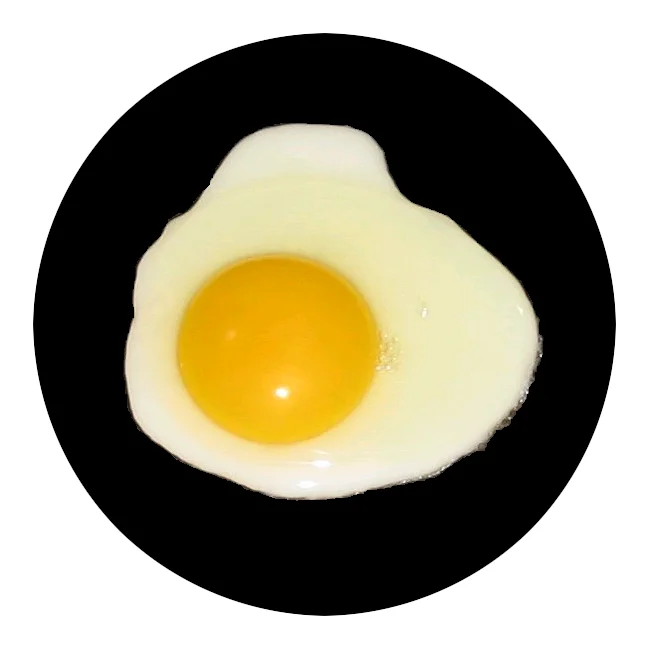Blog
Empty Calories
1. When a shopper walks into a brick-and-mortar store in their head they’ve pre-allocated time and money investment. The same phenomenon happens online.
2. Etailer X launched his site in 2003 with 37 pages. These included product pages, category pages, checkout pages, shipping info, return policy, about us and newsletter sign-up. With time etailer X learns more about ecommerce and adds a few more pages and widgets (like shipping calculator on product page). He receives feedback from customers and adds more content on product pages. He attends a marketing conference, makes a ton of notes and ends up adding pages like customer testimonials, press page, specials page, privacy policy, affiliates page, pop-up homepage offers, etc. His site now as 75 pages and widgets. Not only that but pages are getting longer- the product pages have bloated content, return policy page has a growing list of conditions, etc. Since the initial content was a labor of love it’s hard for etailer X to remove it. As time goes by more pages and widgets get added (Twitter, Facebook, top sellers, product comparison, etc.).
In point 1 we said shoppers pre-allocate a fixed amount of time and money investment. This time investment hasn’t increased even though site content has. The fact is many of these pages and widgets add very little value; some even subtract value through site Exits. One way to determine the value of a page or widget is by looking at its $ Index (definition). Pages with extremely low $ Index are like empty calories, they’re no good and should be pruned/tweaked. If you’ve been adding new content to product pages you can gauge new content effectiveness by studying look-to-book ratio (how many saw product Y page versus units of Y sold) trends. If look-to-book ratio of the old page is lower that would indicate freshly added content is hurting conversions. Note: be sure to look at a long enough time horizon when doing such analysis.
I know you love your site, I know it’s a labor of love, but these empty calories are killing conversions.



